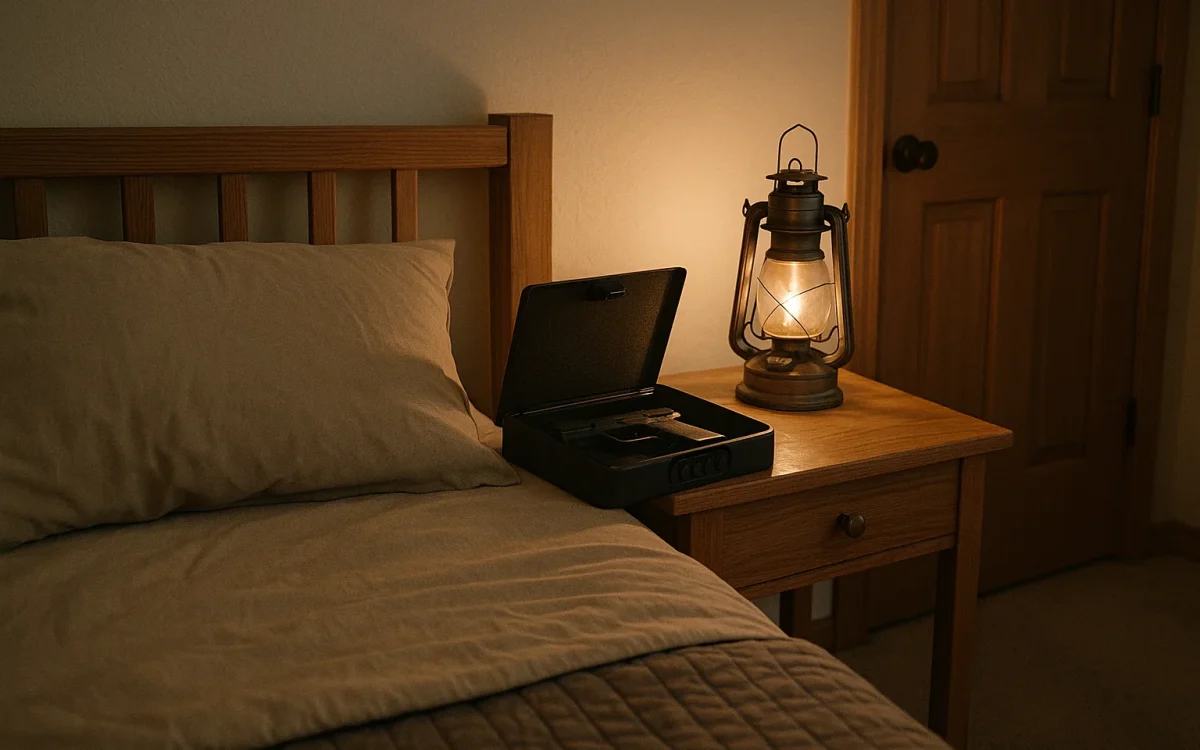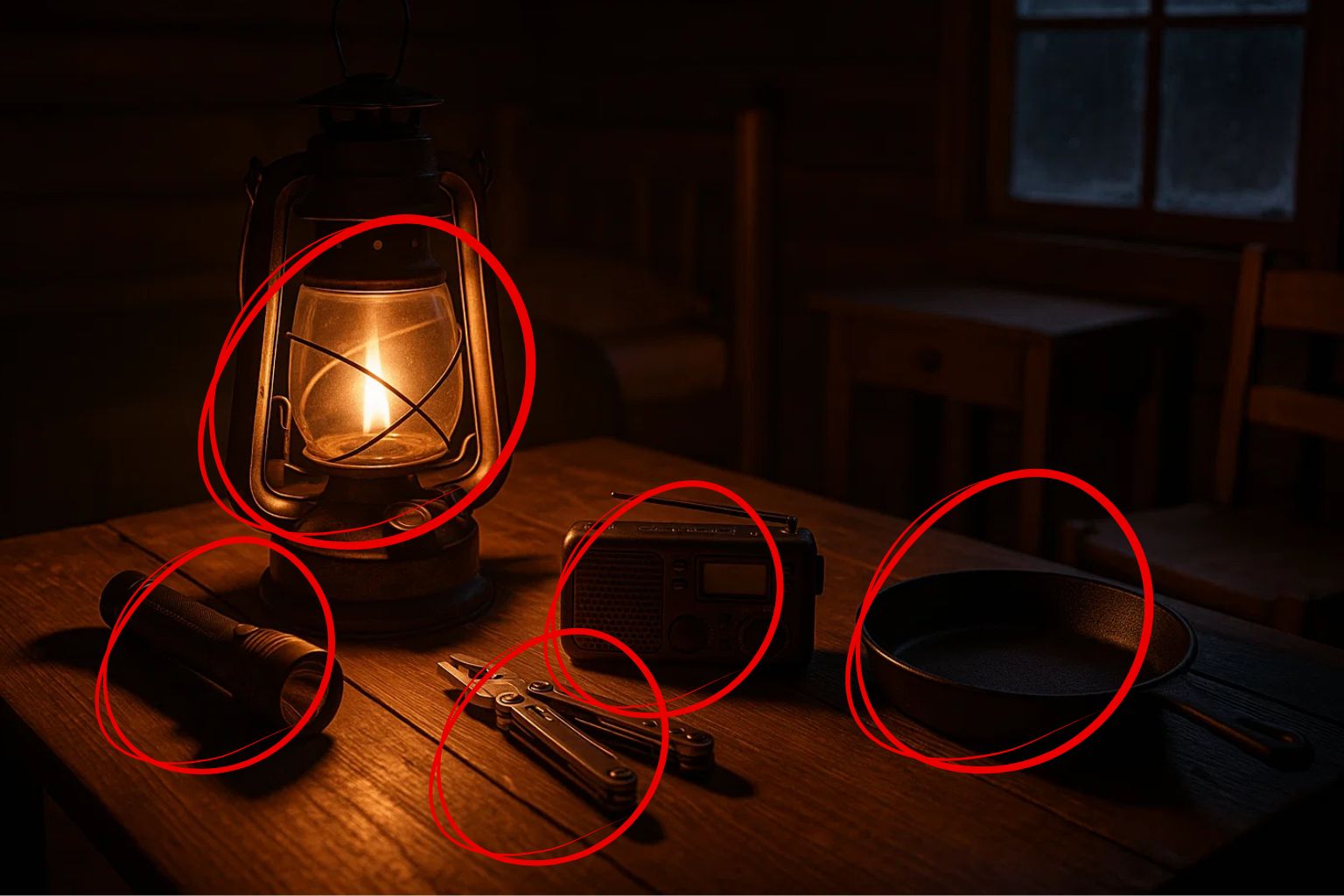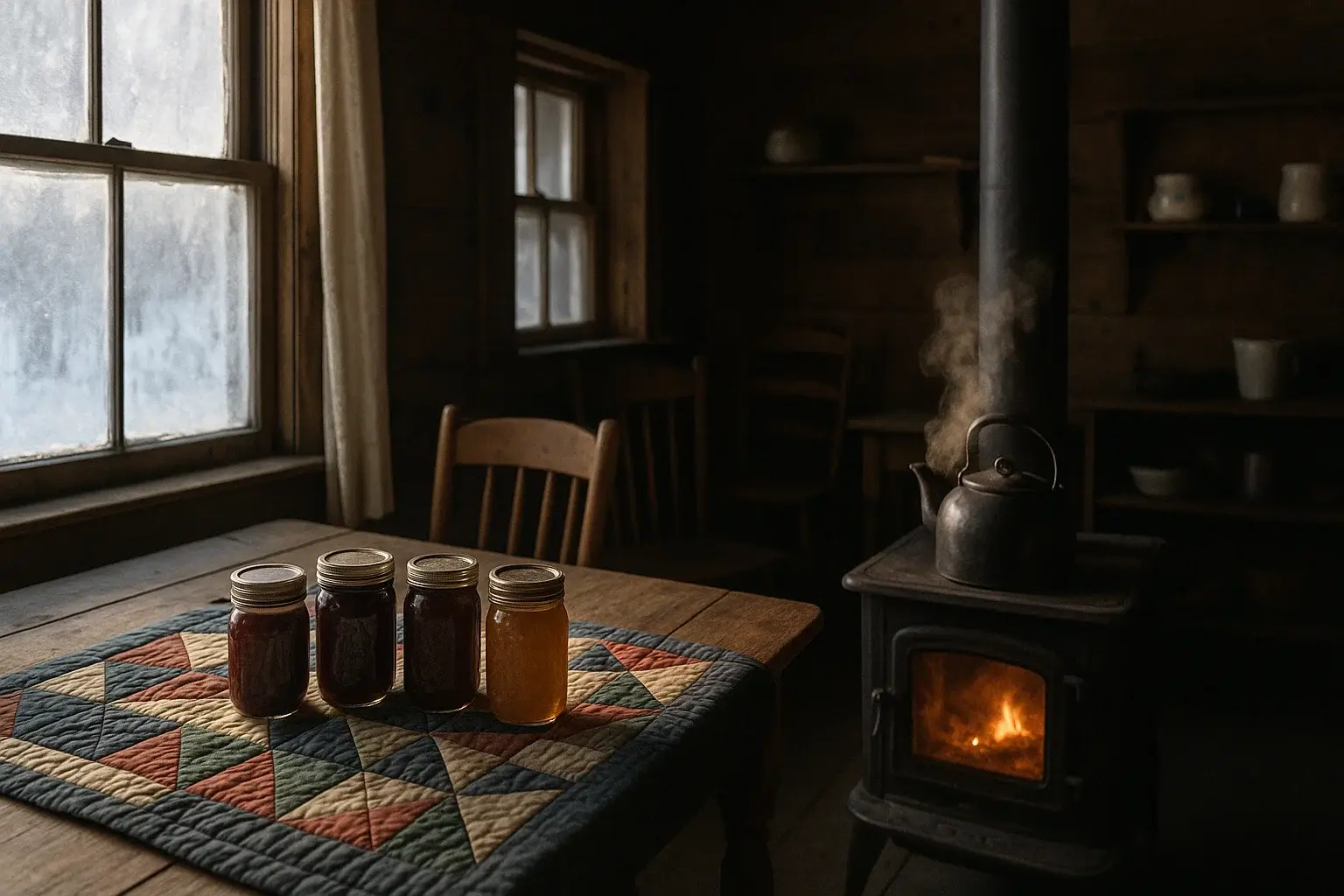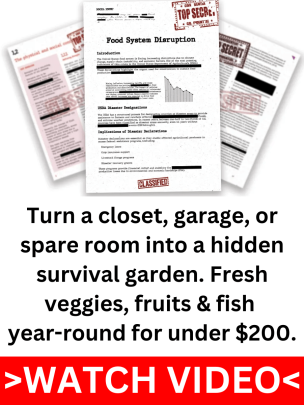Blackouts have a way of changing the rules overnight. Once the street goes dark and the first siren fades, people who wouldn’t normally break a window start looking for opportunities. In 2023 the ATF reported more than 238,000 firearms stolen in the U.S., many taken from homes left vulnerable during disasters and unrest.
This guide shows you how to keep your firearms secure from looters without slowing yourself down when seconds count. You’ll learn where typical storage fails, how to layer defenses that frustrate thieves, and how seasoned preppers set up fast-entry safes that stay hidden yet reachable.
Why Guns Disappear First When Chaos Hits
When neighborhoods fall into confusion, unsecured guns don’t stay put for long. Looters move fast, looking for anything they can grab and resell, and a visible rifle case or a small safe that isn’t bolted down can be gone in under a minute. Opportunistic thieves know most homeowners hide weapons in predictable spots, bedroom closets, nightstands, or the corner of a garage, making them easy targets once doors are kicked in or windows smashed.
The risk isn’t hypothetical. Each year in the U.S., hundreds of thousands of firearms are stolen from homes, and the numbers spike after major storms, blackouts, or civil unrest. Police response times stretch thin when 911 calls flood in, leaving thieves with plenty of time to pry open light safes or simply carry them out. Even responsible gun owners can lose their entire collection if it’s stored in a way that’s quick to find and quick to move.
That’s why preppers focus on more than just buying a heavy safe. Protecting your firearms during a crisis means planning for both security and speed, building layers that slow down intruders without leaving you fumbling for a weapon when you need it most.
Two Costly Mistakes Gun Owners Keep Making
Mistake 1 — Hiding Guns So Well You Can’t Reach Them
Plenty of well-meaning preppers stash firearms in spots they think no thief will ever find, inside attics, behind heavy boxes, buried in the far corner of a basement. The problem shows up when you actually need that gun. Under stress, in the dark, with adrenaline pumping, climbing through clutter or unlocking multiple barriers can eat up the seconds you don’t have. Some even end up unarmed when an intruder forces a confrontation before they can dig out their own protection.
Smart security isn’t about creating a scavenger hunt. It’s about placing guns where you can reach them quickly but where a looter won’t spot them on a first sweep. Hidden compartments built into furniture, quick-access safes disguised as ordinary objects, or a well-placed home defense gun storage setup near your bedroom can keep a firearm ready without leaving it in plain sight.
Mistake 2 — Making Guns an Easy Grab
The other extreme is just as dangerous: leaving rifles in open racks or tucking handguns in an unlocked nightstand. A determined looter can smash and grab faster than most alarms trigger. Even lightweight “safes” that aren’t bolted down can be carried off and broken into later. Once a thief walks out with your firearm, you’ve lost both your protection and control over where that weapon ends up.
To avoid this, treat portability as a vulnerability. Bolt safes into studs or concrete. Avoid cheap lockboxes that pry open with a screwdriver. If you use smaller quick-access safes for bedside gun safe placement, anchor them and consider a secondary alarm or sensor on the safe itself. The goal is to make stealing your firearm slow and loud while keeping it fast for you when it matters.
Layered Security That Buys You Time
Trying to build a perfect, vault-proof fortress costs a fortune and still isn’t guaranteed. A smarter plan is to delay and deter. The longer it takes a thief to reach your firearms, the more likely they are to give up or get caught. Layers of protection, each one adding time and risk, often beat one massive safe that can still be breached or hauled off.
Start with the basics: anchor every safe or lockbox securely. Lightweight models left loose are easy to tip, drag, or pry open once they’re on the floor. Use heavy-duty anchors into wall studs or concrete, and reinforce surrounding surfaces with steel if possible. Even a fast-entry safe can be mounted so it can’t be ripped out and carried away.
Next, make your storage disappear. Concealment slows intruders because they can’t attack what they can’t find. False walls, hidden drawers, and furniture-style cabinets work well if built solidly and disguised as ordinary pieces. A hidden wall safe behind shelving or art adds another layer; just be sure you can still reach it quickly.
If you’re renting or can’t drill into studs, use a heavy cable lock looped through a solid bed frame, or place a disguised furniture safe weighed down with sandbags or steel plates. The goal is to make removal awkward and time-consuming even without permanent bolts.
Then add active deterrents. Motion lights, cameras, and small entry alarms force thieves to decide if the risk is worth it. A vibration sensor on a safe can sound an alert the moment it’s tampered with. Combined with anchoring and concealment, these touches make your home a far less inviting target.
Finally, treat your defenses like any other prep: inspect and maintain them. Tighten anchors, test locks, swap batteries in sensors, and practice opening safes in the dark. Over time, hinges loosen and electronics fail; catching problems early keeps your home defense gun storage reliable when it matters most.
Fast Access Without Sacrificing Safety
Not every gun safe is built for real emergencies. A solid fast-entry safe that combines biometric speed with a backup keypad or key is the best balance. Finger scanners are quick under calm conditions but can fail if your hands are wet, dirty, or the power’s out. A simple mechanical override keeps you from being locked out when stress or a dead battery hits.
It’s smart to stage more than one access point. Keep a primary safe near your main defense area, often the master bedroom, and consider a secondary hide such as a bedside lockbox or a small concealed compartment along your exit route. Once they’re in place, practice retrieving your weapon in low light, with doors closed, and under time pressure. The more natural it feels, the faster you’ll respond.
Finally, put your setup through a dry run. Kill the lights, move to your defensive spot, and open the safe as if startled awake. Chamber a round or check readiness, then settle into your stance. Doing this a few times builds muscle memory you can trust when adrenaline spikes.
Taking Defense One Step Further
Sometimes a basic layered setup isn’t enough. If you live in a dense neighborhood or a city that’s seen riots, long blackouts, or supply-chain breakdowns, looters can show up in organized groups. They may pry past doors, work together to haul safes, or wait until you’ve left home. When unrest drags on for days or weeks, relying only on a couple of bolted safes and motion lights may leave gaps you didn’t plan for.
That’s when it pays to dig deeper into full home-hardening. Guides like A Navy SEAL’s Bug-In Guide walk you through turning your house into a stay-put fortress, reinforcing weak entry points, creating deceptive barriers, and setting up supply zones so you can ride out long disruptions without giving thieves a clear target. For preppers who want more than just secure storage, it’s a practical blueprint for keeping your family safe when the outside world isn’t.
Protecting your guns during chaos isn’t about one giant safe or hiding them where you’ll never reach them. It’s about smart layers, bolt and reinforce what you own, conceal it where thieves won’t spot it on a quick sweep, and keep at least one firearm in a quick access gun safe you’ve practiced opening in the dark. Add sensors and lights to buy yourself time, and maintain your setup so nothing fails when you need it most.
If this hit home, take the next step: check out A Navy SEAL’s Bug-In Guide for a deeper dive into turning your house into a true stronghold. Want more no-fluff survival tips? Join the Path to Survival newsletter and get practical strategies delivered straight to your inbox.






















